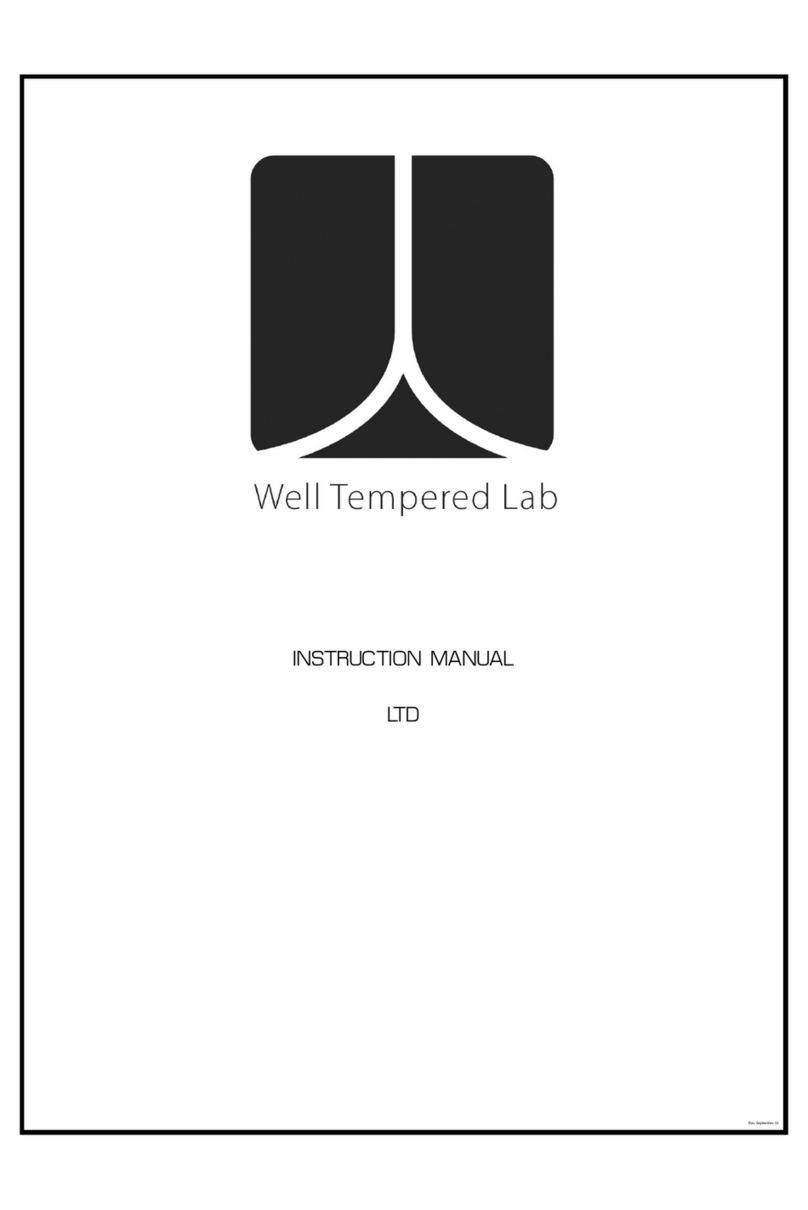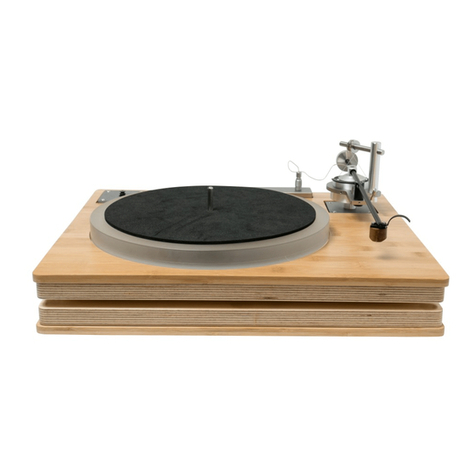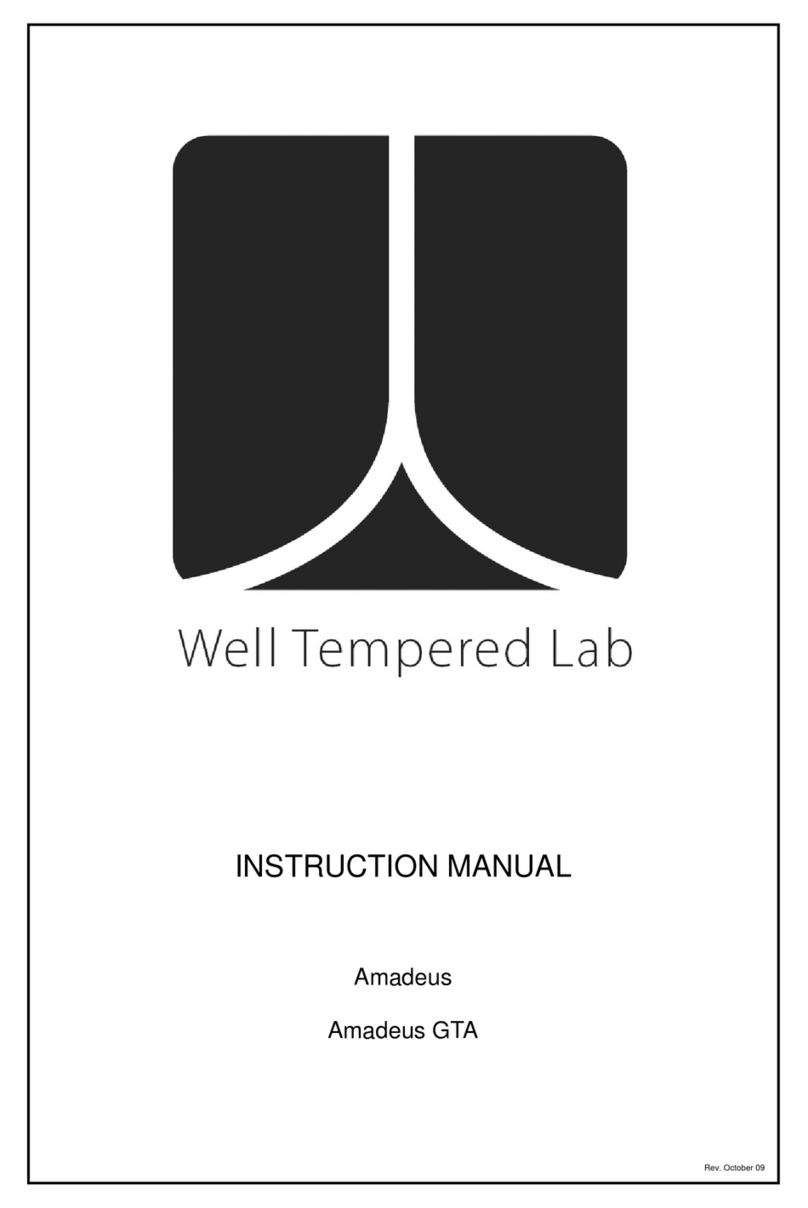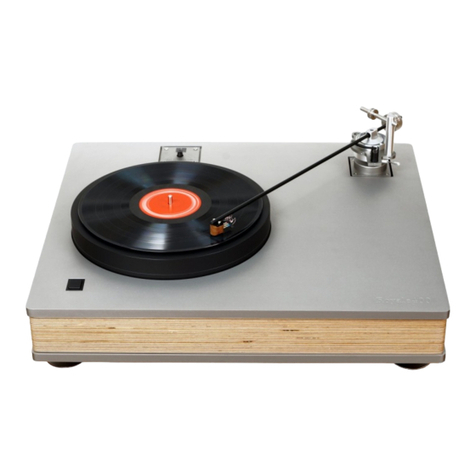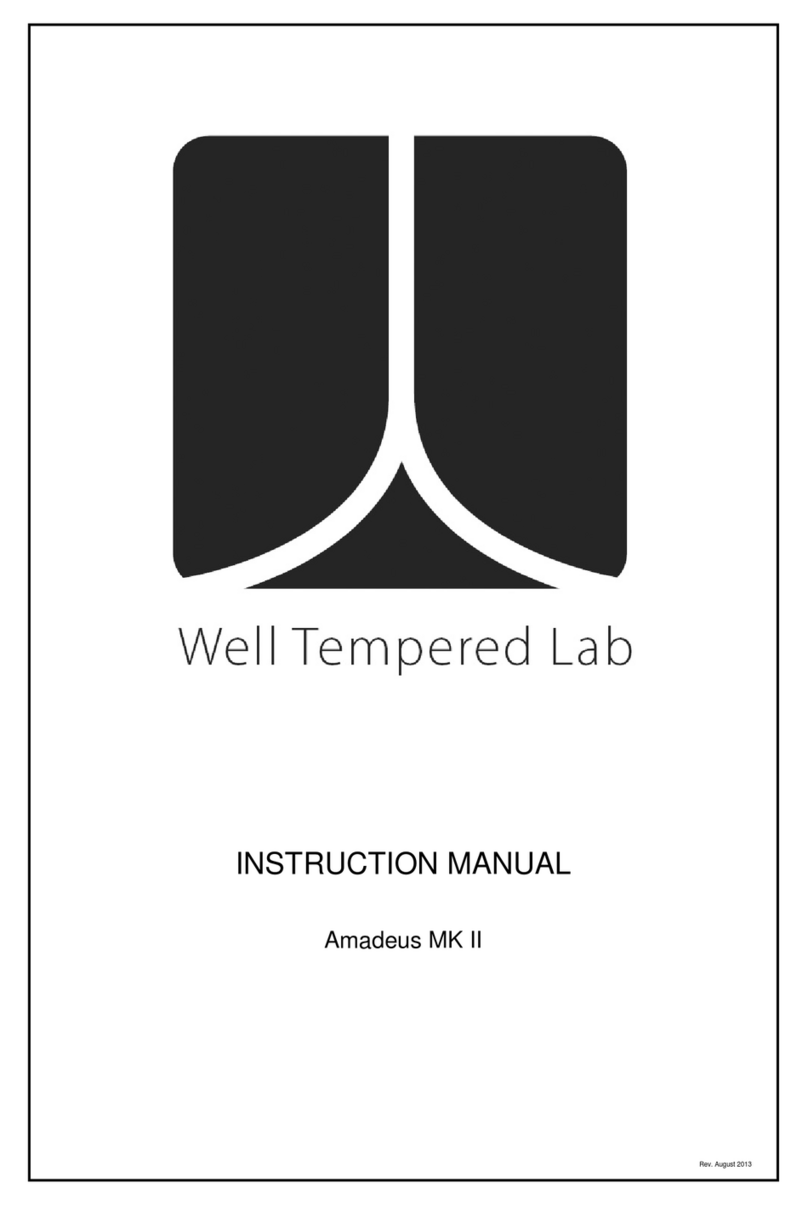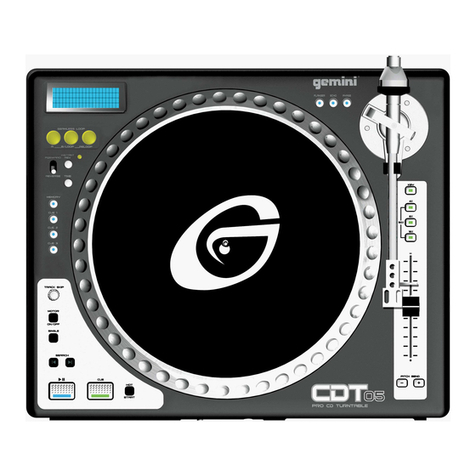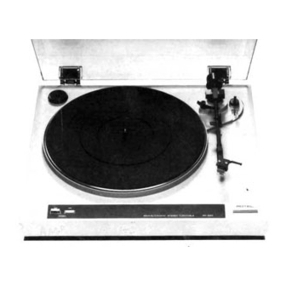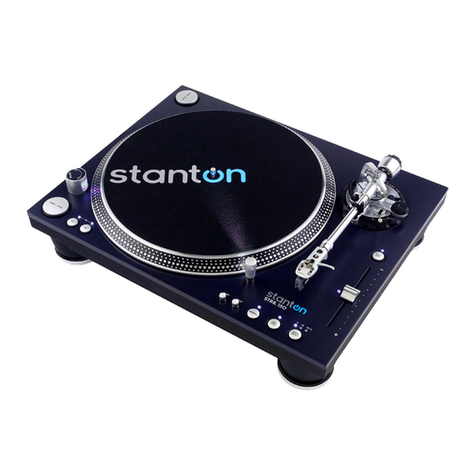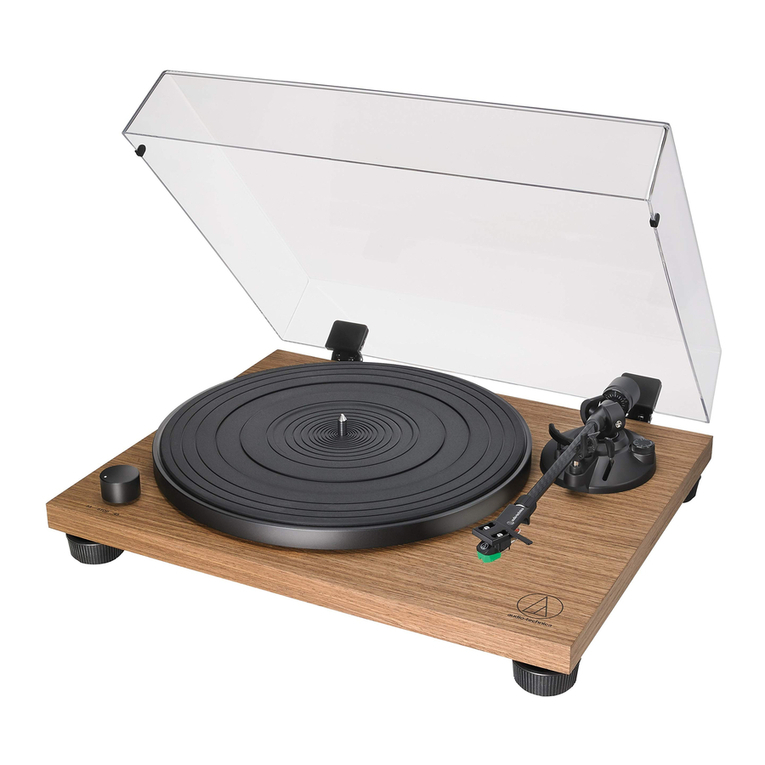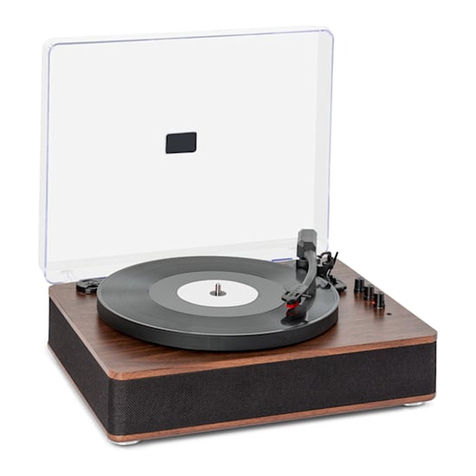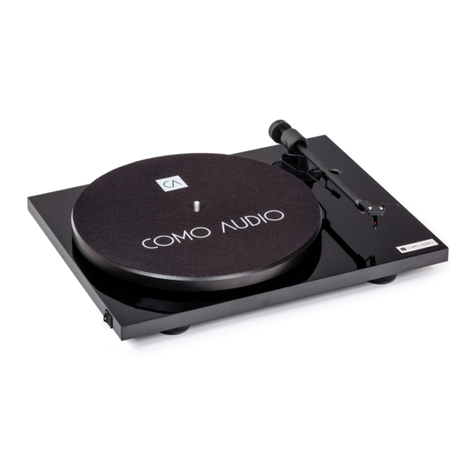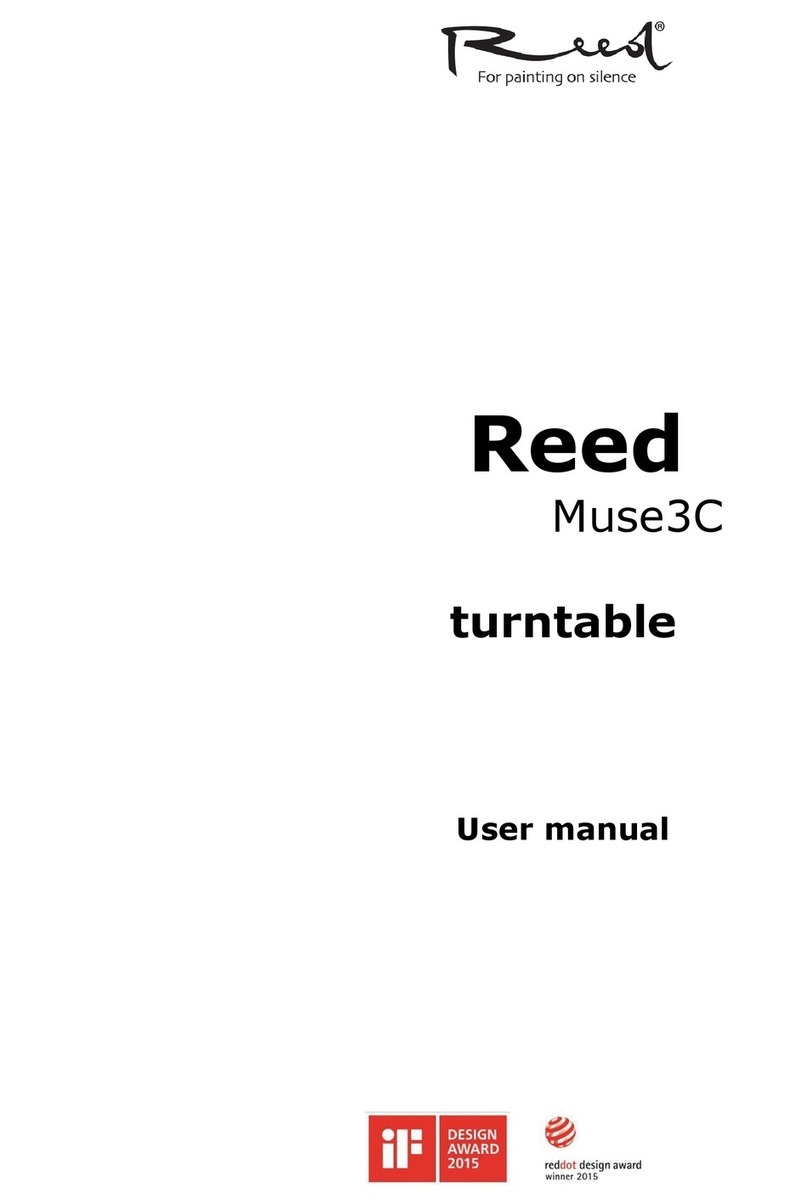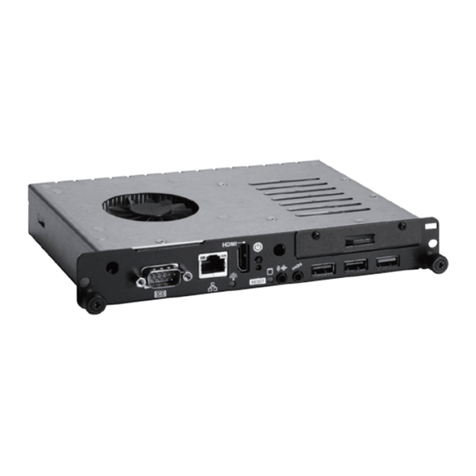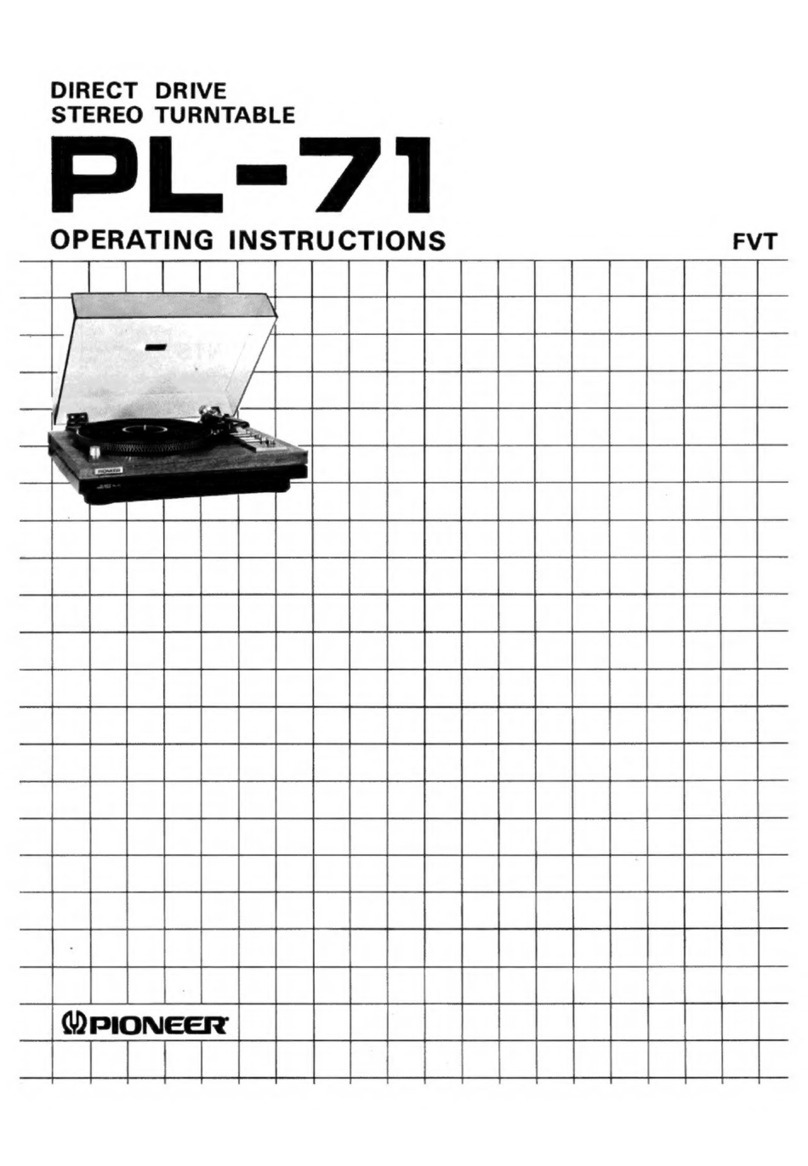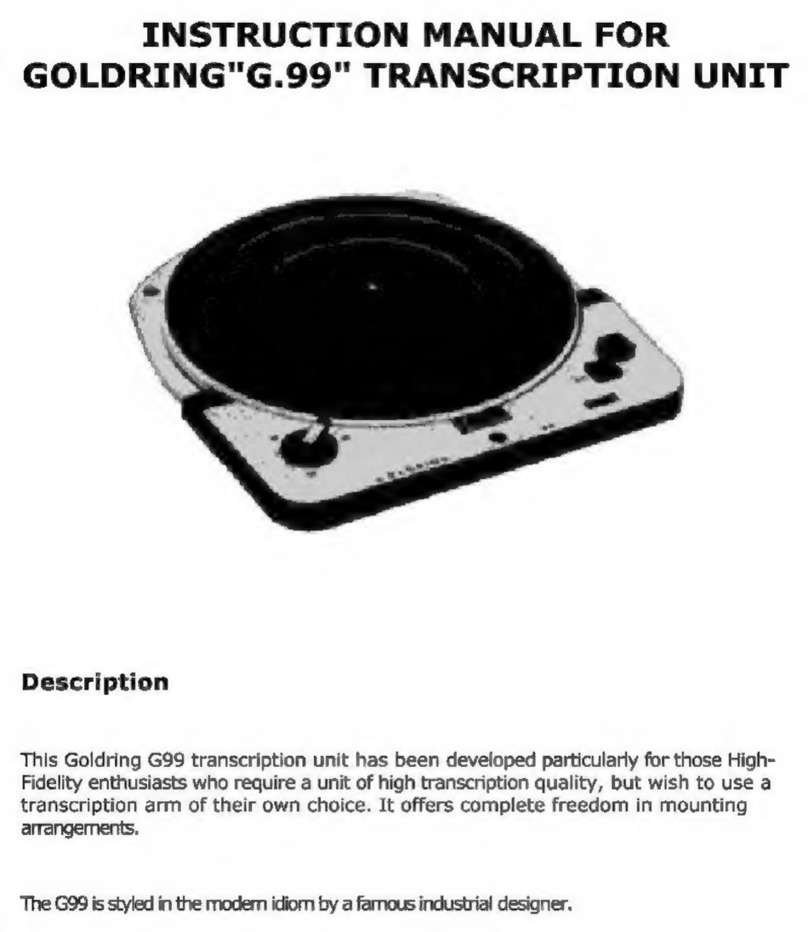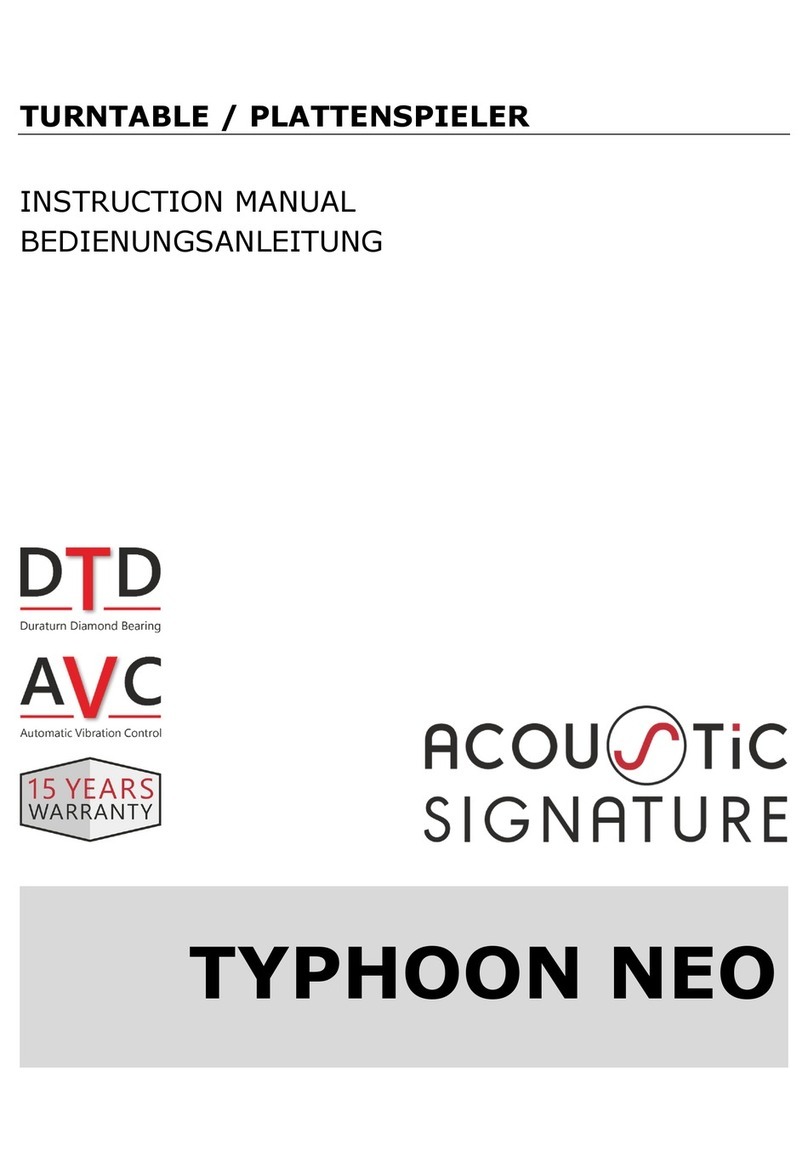2. Install the cartridge to the manufacturer's specifications. The Simplex MK II features a head shell that requires no tracking
alignment adjustment. We strongly recommend it remains firmly fixed in the correct position as supplied.
3. The Simplex Golf Ball tonearm has an effective length of 9” (228.6 mm). The head-shell is fixed ex-factory in the optimum
position. There is no provision for over-hang adjustment. Some alignment protractors may well disagree. However, The Well
Tempered Lab stands by their convictions.
Important: There is absolutely no reason to torque head-shell/cartridge mounting hardware to excess. Cartridge mounting
hardware only requires firm but gentle tightening. Heavy handed torquing of mounting hardware can result in movement of the
Simplex MK II head-shell (refer to www.welltemperedlab.net on tracking geometry).
4. There is an optional finger lift which can be attached to the cartridge fixing screw, adjacent to the right hand side of the plinth.
5. Apply enough damping fluid so as that no more than one third of the golf ball is submerged in fluid. See Fig (16).
Note: Damping can be altered by simply raising or lowering the damping cup, it is not critical and maybe adjusted to suit the
listener's own preference.
6. Set tracking force with stylus gauge, supplied to cartridge manufacturer's specification.
7. To set tracking force, two counterweights are supplied to enable correct tracking force to be applied to cartridges of various
weights. We recommend choice of counterweight (s) that allow correct tracking force to be obtained with weight (s) as close to the
tonearm lead out cable as practicable. This is not critical but care needs to be taken as to not damage tone-arm lead out cable
when attaching counterweights to tone-arm.
8. Adjust tonearm for correct VTA by set screw on suspension pillar.
9. Correct Azimuth can be obtained by gently rotating the azimuth adjustment collar to allow the cartridge to track parallel to the
record surface. This can be achieved whilst the record is rotating and requires only minor correction in both directions to achieve the
correct result.
10. Due to the viscosity of the damping fluid adjustments in both tracking force and azimuth require the tonearm to momentarily
settle to effect the correct results.
